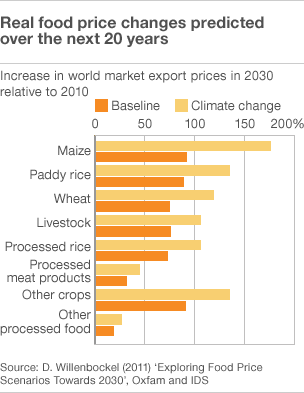Mark Mobius, Head, Templeton Asset Management Ltd
Pakistan's main shares index KSE-100 rose 28% (26% in US dollar terms) in year 2010, as profits registered 14% growth and dividend yields of 5.2% in the companies making up the index.
The market gains were driven by significant foreign buying, particularly by insitutional investors after the massive summer floods in KP, Punjab and Sindh provinces. Foreign institutional investors bought $1.2 billion worth of shares, and sold about $687 million, with the net FII capital inflow of $522 million during the year. One example of renewed foreign institutional buying after the post-floods market is Mark Mobius of the Templeton Asset Management Ltd, as reported by Businessweek. “There will be an impact on growth but company valuations are very, very attractive now and therefore we continue to invest in Pakistan despite all the negatives,” Mobius said in an interview in Singapore. “The bottom line is that Pakistan is not going to go away. We want to buy stocks that look cheap as prices come down as a result of the flood.”
As of Dec 31, 2010, Mobius had 4.8% of his $17 billion Templeton Asian Growth Fund invested in Pakistan.

The highest performing sectors were food and beverage (65%), oil and gas (40%), chemicals (30%) and personal goods(20%). These were followed by smaller gains in electricity, fixed-line telecom, automobiles, and construction materials, according to JS Global research. Oil and gas shares now make up 36% of KSE's total marke cap, a major shift from 2007 when financial services made up 31% of the Karachi Stock Exchange market cap of about $40 billion.
Even with lower than historic average gains in a challenging year, KSE-100 easily beat the performance of Mumbai(+17%) and Shanghai(-14.3%) key indexes. Among other BRICs, Brazil is up just 1% for the year, and the dollar-traded Russian RTS index rose 22% in the year, reaching a 16-month closing high of 1,769.57 on Tuesday, while the rouble-based MICEX is also up 22%.
After the 26% gain in 2010, the KSE-100 shares still trade at PE ratio of just 8, significantly discounted relative to KSE's historic price-earnings multiple of 10, and other regional markets of Shanghai and Manila at 15, and Mumbai at about 20.
While the big interest rate hikes by Pakistan's central bank (SBP) to fight inflation have dramatically reduced liquidity for local investors, the massive economic stimulus (aka quantative easing policy to jumpstart the US economy) by the US Federal Reserve has unleashed a torrent of US dollars looking globally for good returns on investment. This is likely to continue to push shares in the emerging markets higher through at least 2011.
The problem with the foreign institutional investment (FII) is that it can be very destabilizing for an emerging economy. It is often described as hot money, and it can leave as quickly as it comes in. Joseph Stiglitz, a Nobel Laureate Columbia University economist, has argued that India is more vulnerable to an asset bubble than China, saying that “strong economies that don’t yet have capital control become the focal point” for the liquidity injected by the US Federal Reserve. Stiglitz thinks that India, more than China or Brazil, should watch out for the tidal wave of money made available from the Fed’s quantitative easing.
In Pakistan's case, however, the amount of FII has so far been very small relative to its market capitalization and the size of the country's GDP. If foreign portfolio investment dollars continue to come in at the same or even a bit higher rate in 2011 as they did last year, it will likely result in a healthy situation in providing necessary liquidity and help push the market up again this year.
Other factors that will the affect the KSE market performance this year include:
1. Continued rise in exports, overseas Pakistanis' remittances, and other inflows for a healthy current account balance which ended in surplus of $26 million in 2010.
2. Enhanced domestic liquidity expected from the launch of new leveraged financial products in 2011.
3. Movement toward better manangement of the energy crisis leading to fewer blackouts and brownouts.
4. Progress on balancing the budget, with better tax collection and higher tax receipts in 2011.
5. Implementation of the IMF program, stabilization of prices, reduction in interest rates, and rising foreign exchange reserves.
6. Improvement in the overall security situation with perceptible reduction in violence.
Here's a video on how to invest in Pakistan:
Related Links:
Haq's Musings
Pakistan's 2010-2011 Budget Priorities
Pakistan's Exports and Remittances Rise to New Highs
Pakistan's KSE Outperforms BRIC Exchanges in 2010
High Cost of Failure to Aid Flood Victims
Karachi Tops Mumbai in Stock Performance
India and Pakistan Contrasted in 2010
Pakistan's Decade 1999-2009
Musharraf's Economic Legacy
Copper, Gold Deposits Worth $500 Billion at Reko Diq, Pakistan
China's Trade and Investment in South Asia
India's Twin Deficits
Pakistan's Economy 2008-2010











